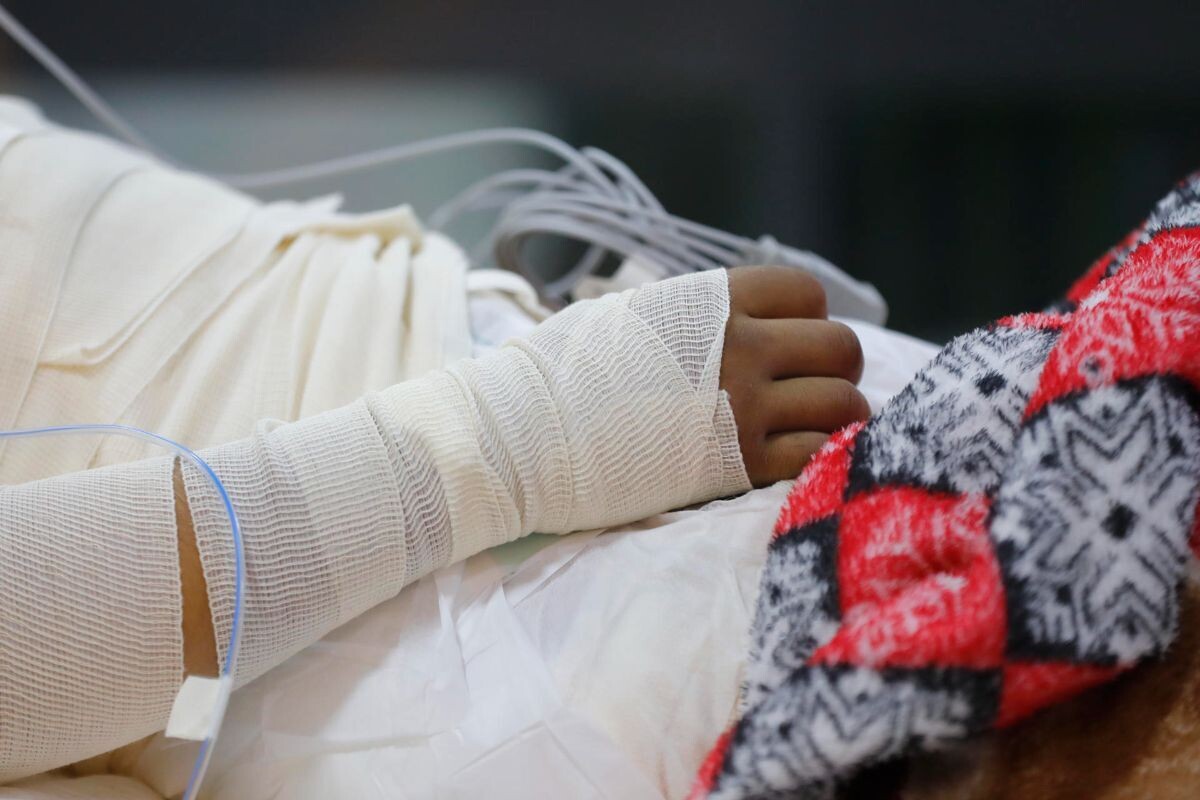
Specialists from the Civil Hospital of Guadalajara, a national reference in the care of burned children, have raised concerns about the increase in Mexico of cases of adolescents with burns from fireworks, tasteless pranks, and clashes between organized criminal groups.
Ariel Miranda, director of the Comprehensive Care Unit for Girls, Boys, and Adolescents at the hospital, explained that external dangers for adolescents include playing with fire, fireworks, or pranks that can trigger dangerous situations, such as settling scores among groups of organized crime.
In the context of National Burn Prevention Day in Childhood, severe cases of adolescents involved in fires at safe houses used by criminal groups or other forms of aggression were mentioned. In Mexico, it is estimated that each year 128,000 people suffer burns, of which 42,000 are minors.
The Civil Hospital of Guadalajara, recognized in Mexico and Latin America for its care of minors with burns, has expanded its services for patients from all over the country for the past year. The lack of timely clinical management in some cases has led to subsequent complications, Miranda highlighted, emphasizing the need to improve care protocols at the national level.
The hospital aims to reduce the burn mortality rate, currently below 2%, by implementing strategies that allow effective communication with other specialized units. With an interdisciplinary team of 108 professionals, the unit offers comprehensive care that ranges from the acute phase to rehabilitation and psychological support for patients and their families.
Emphasis was placed on the prevention of burns in adolescents, with the most common causes being contact with hot liquids and direct fire. Cases like that of Juan Due, whose son survived an electric shock thanks to the care received, highlight the importance of prevention and rapid intervention to avoid severe sequelae.
The psychological follow-up of burn survivors was emphasized by Dr. Miranda as crucial, as the recovery process can be traumatic and requires continuous support to avoid long-term emotional complications.













